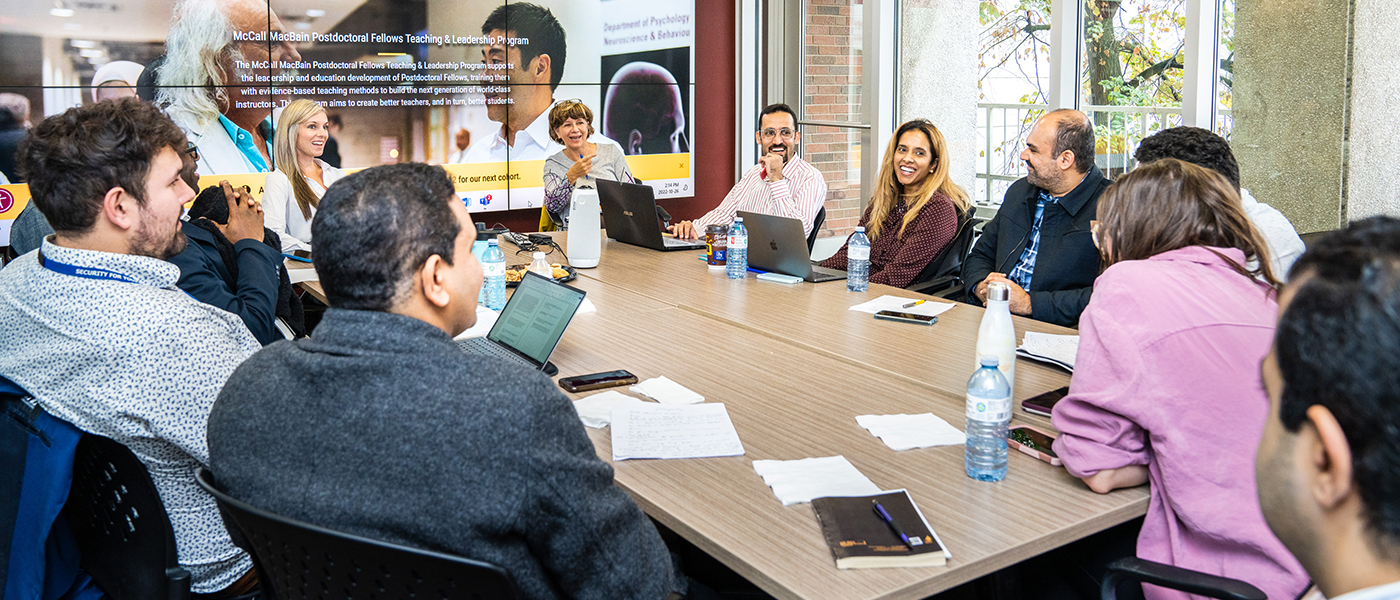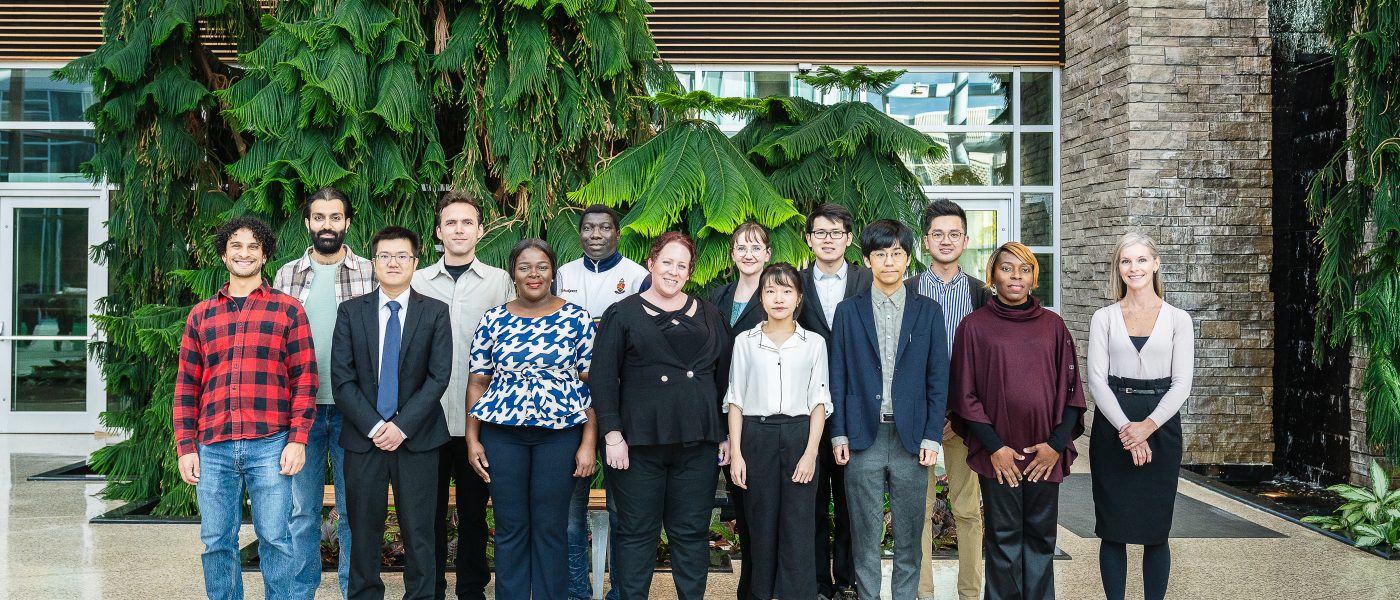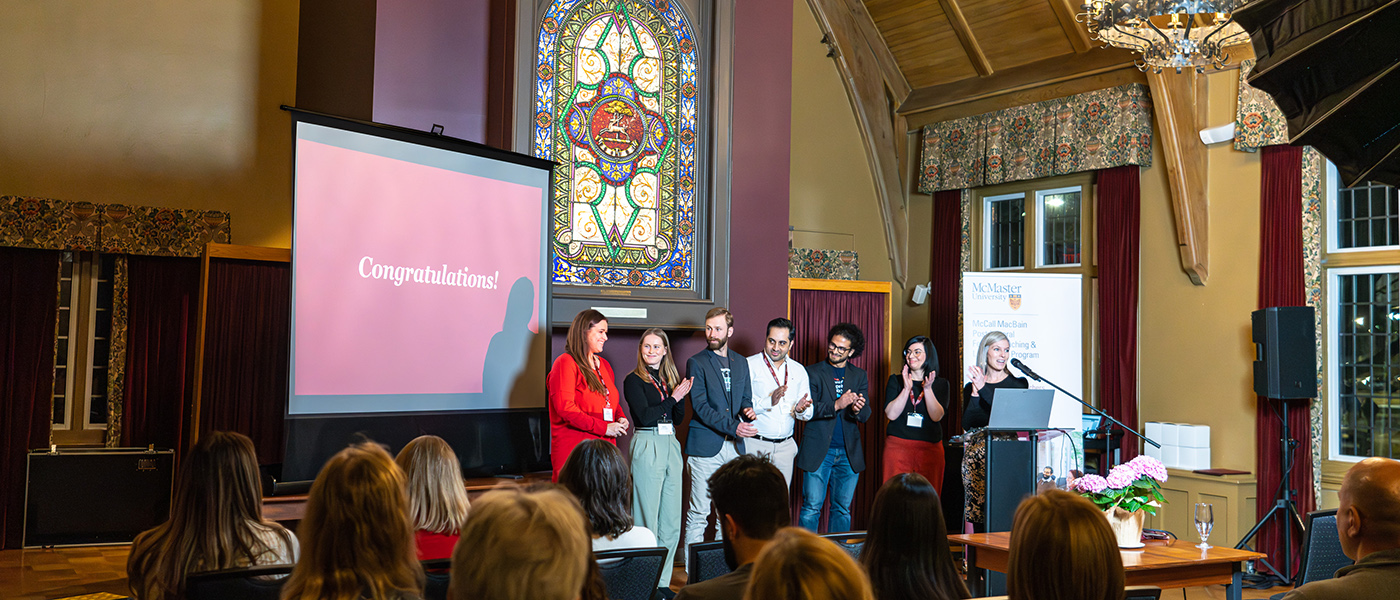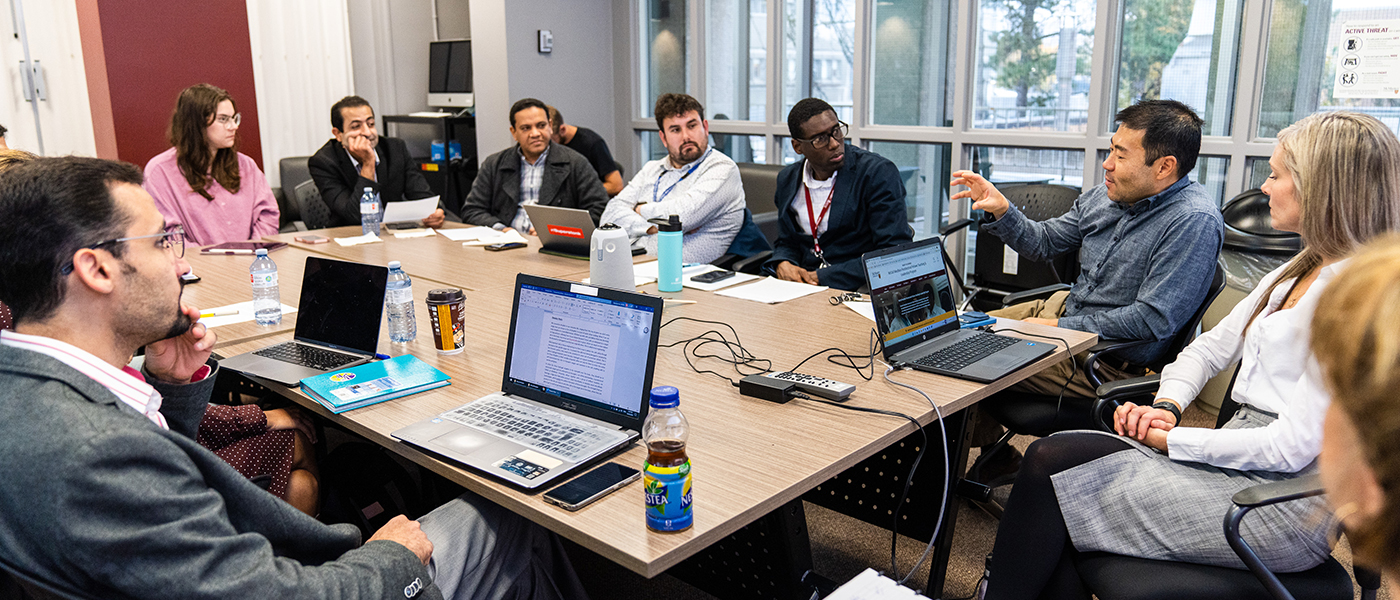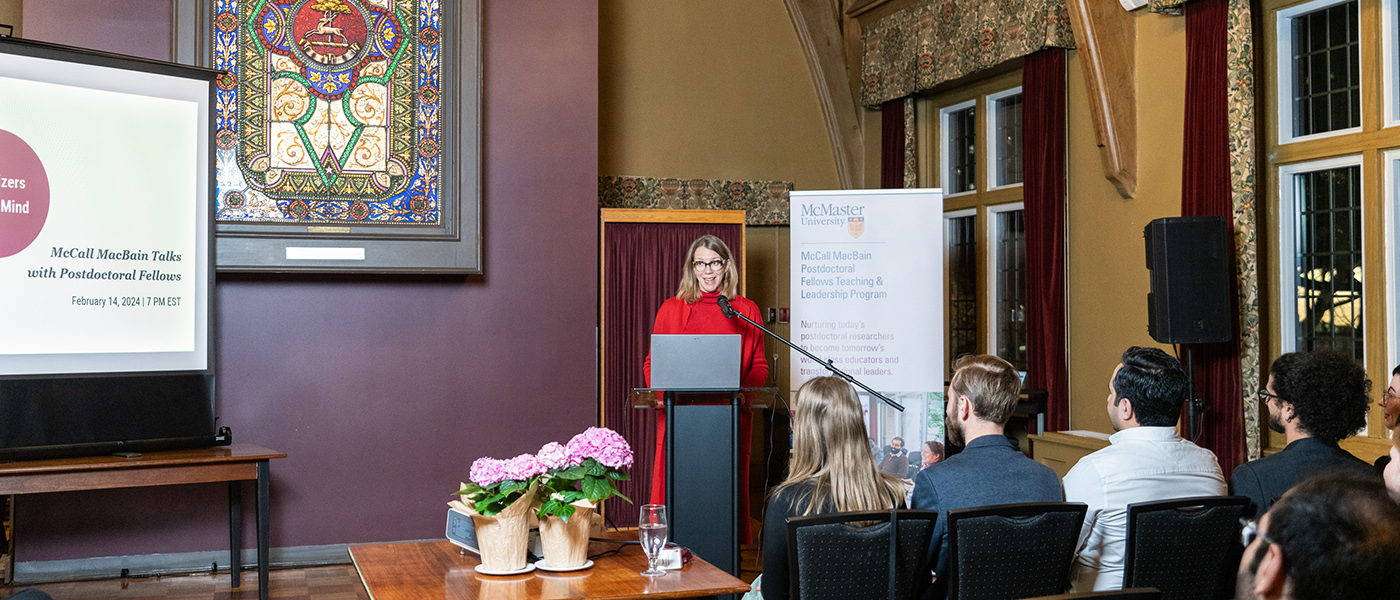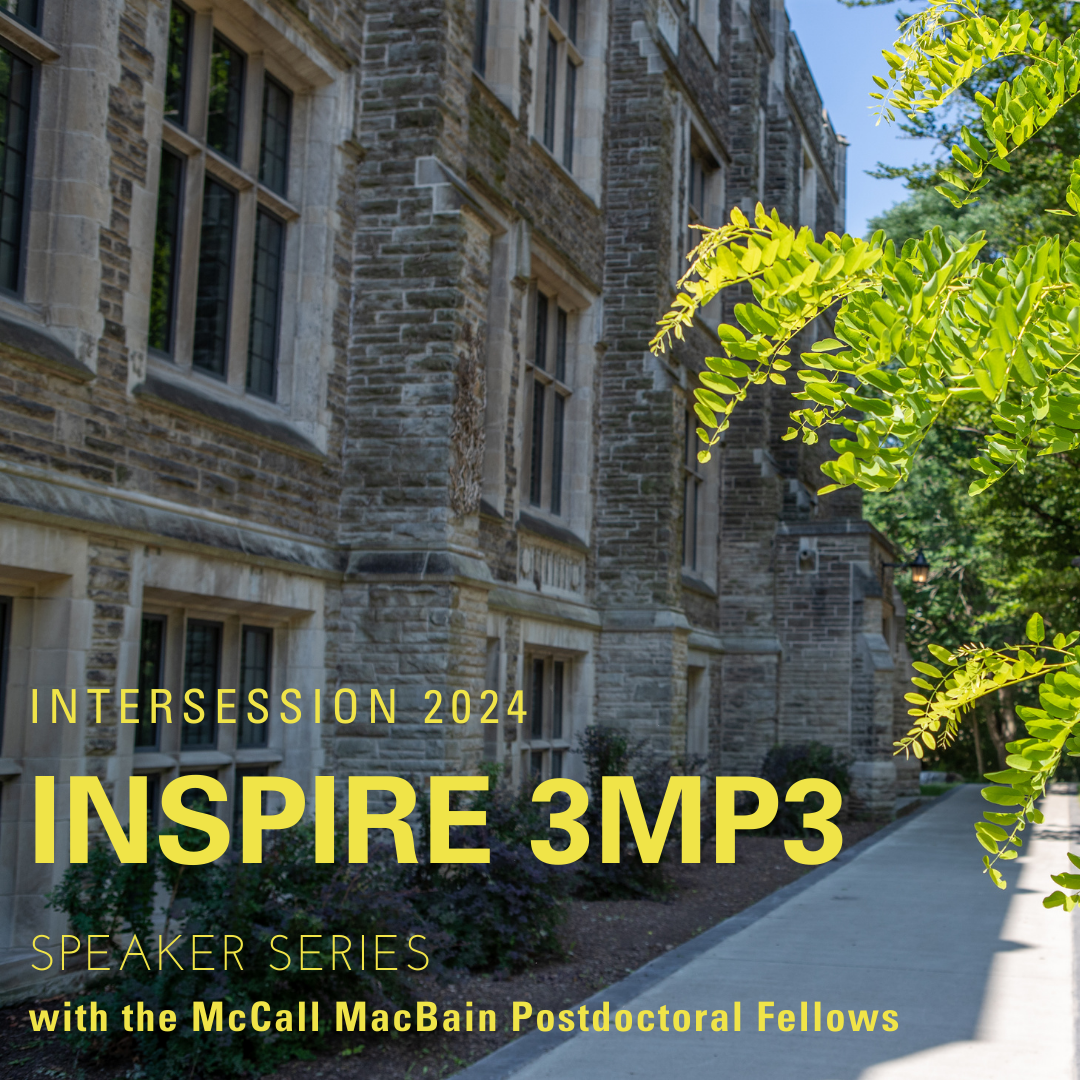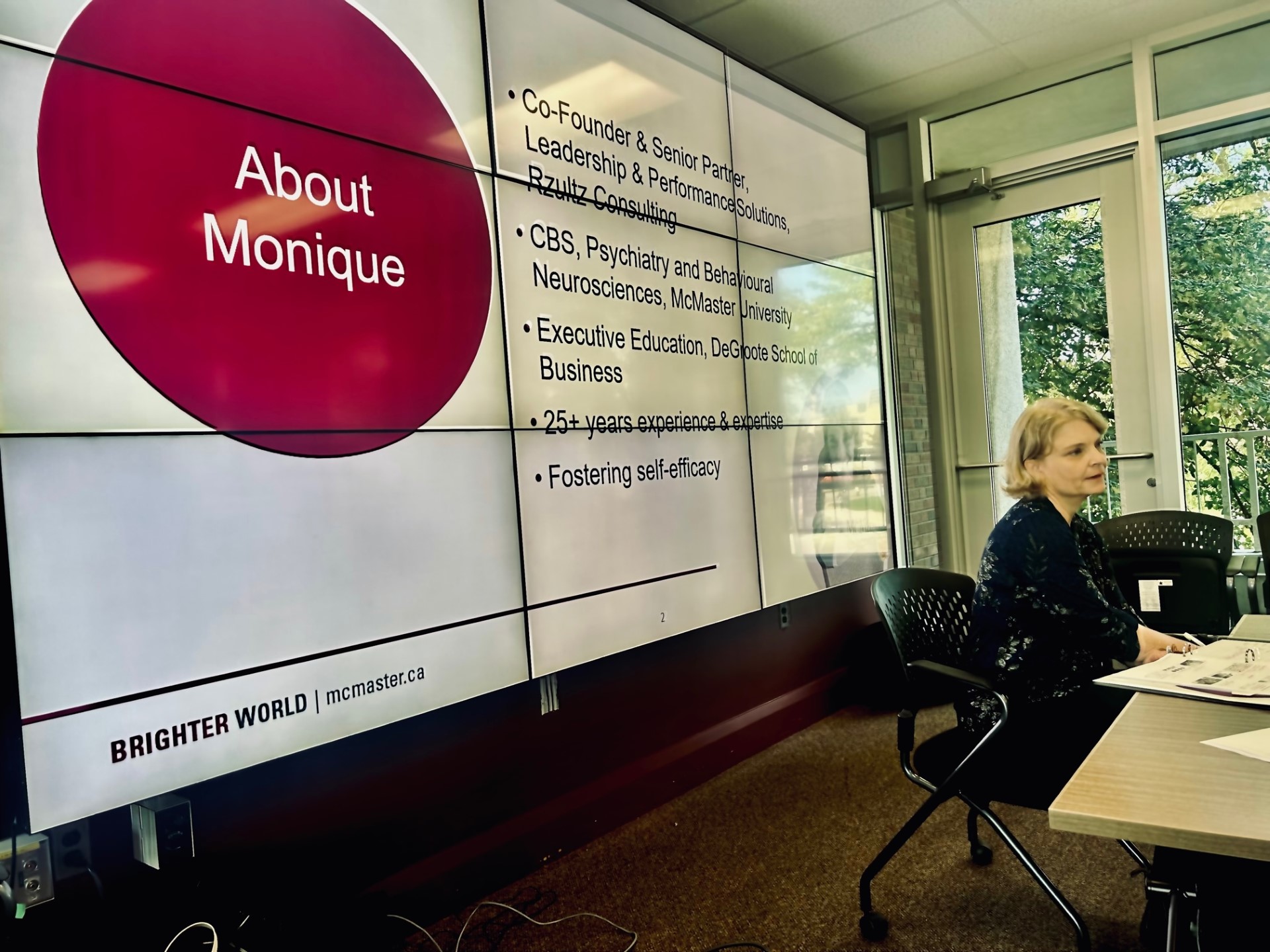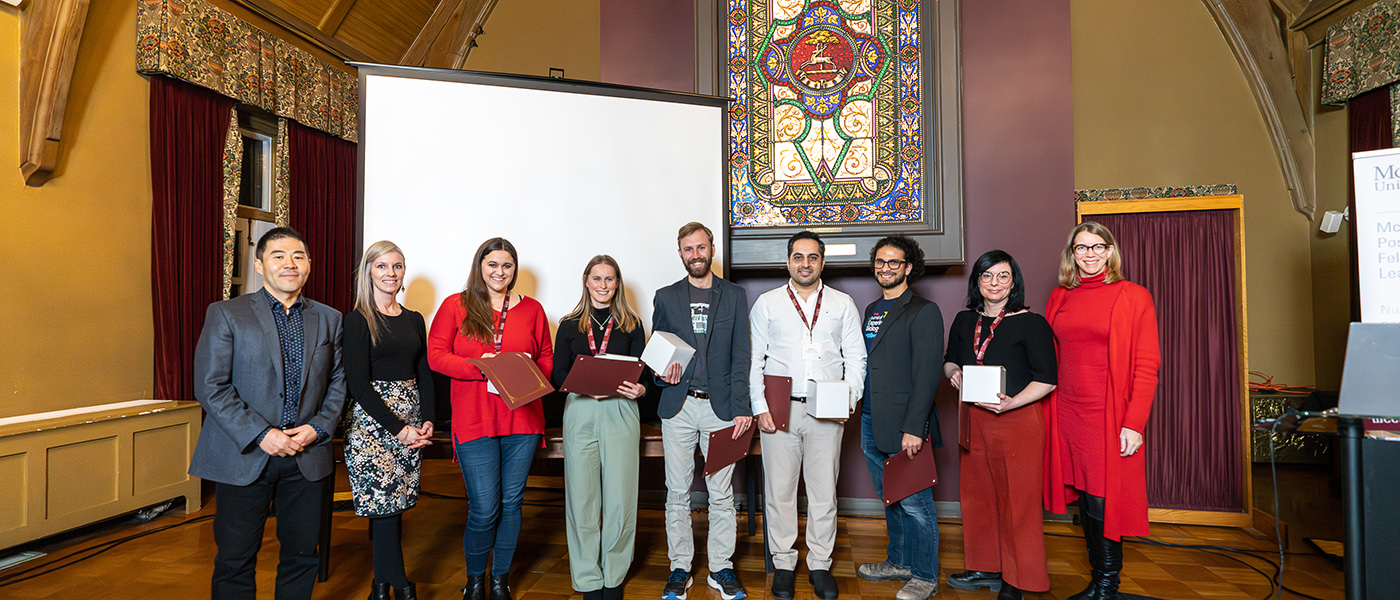Home
Information Box Group
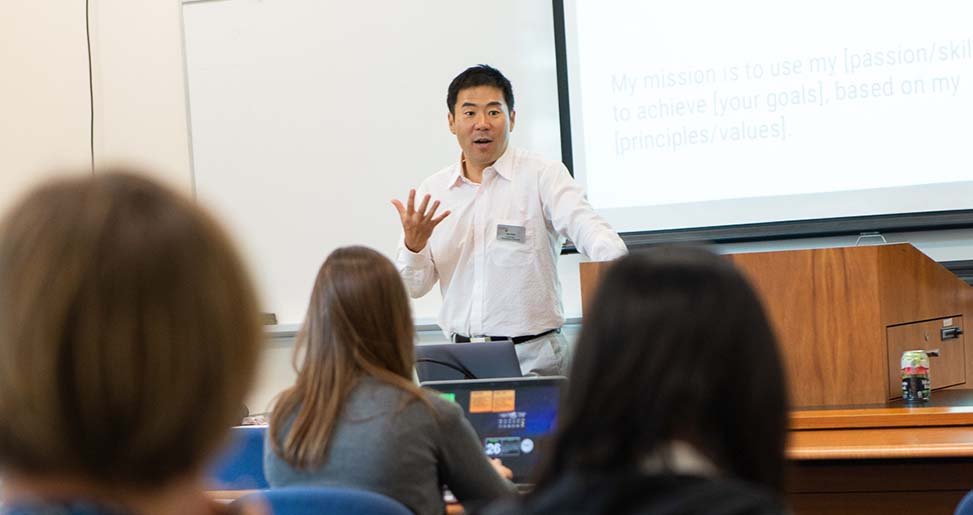
The Foundation The Foundation
The McCall MacBain Foundation is a philanthropic organization created by Canadians John McCall MacBain and Marcy McCall MacBain
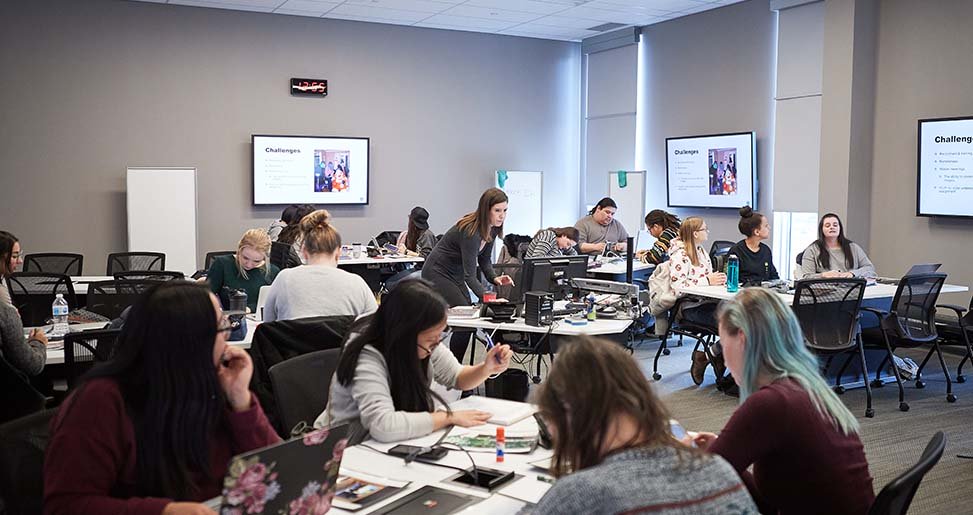
The Program The Program
The McCall MacBain Postdoctoral Fellows Teaching and Leadership Program is a collaboration with the McCall MacBain Foundation and the Faculty of Science.
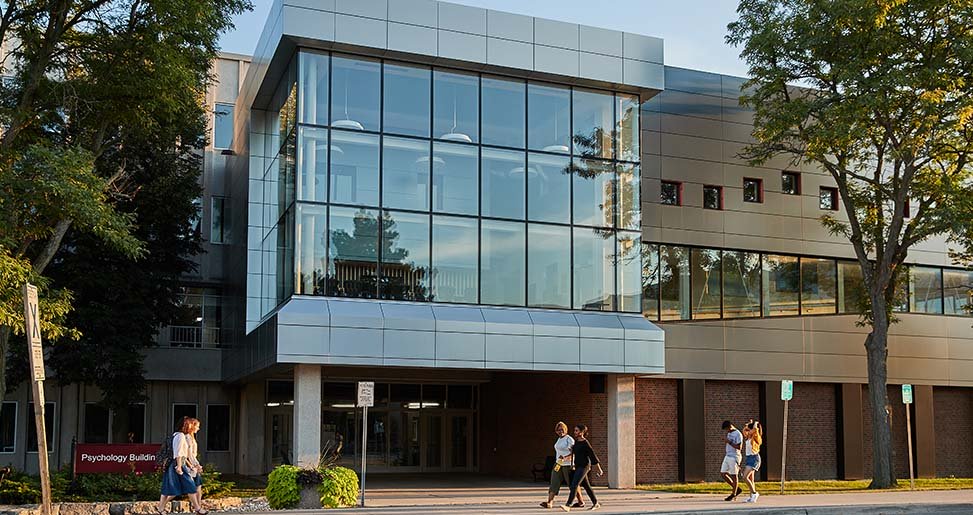
Schedule Explore the Offerings
These sessions will teach Program Members essential teaching and leadership skills through evidence-based research.
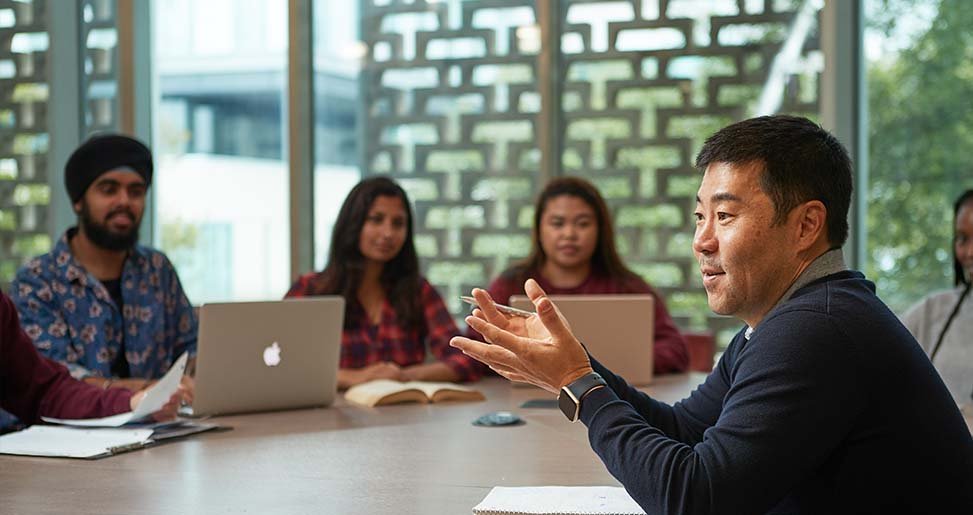
Journal Club The Journal Club
Journal club readings will provide Program Members with crucial knowledge and information on the best practices in education research.

